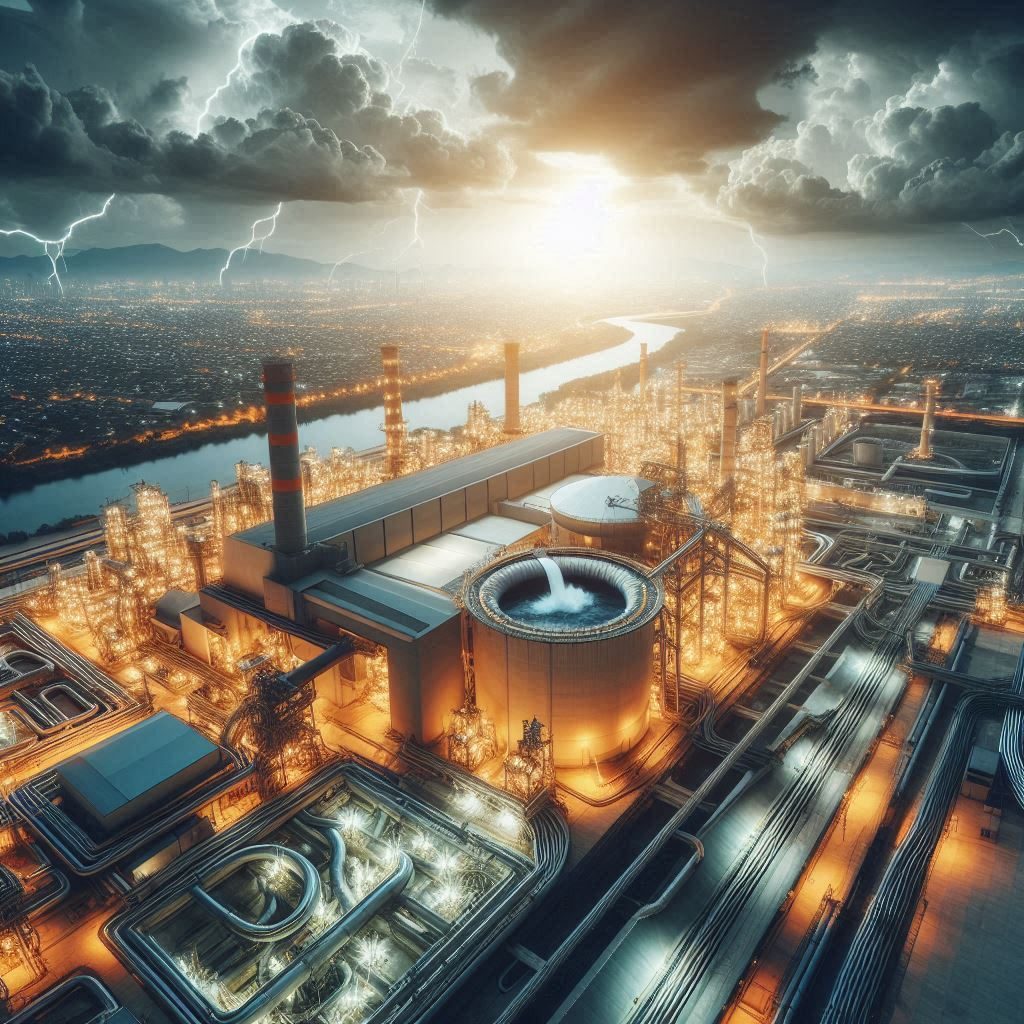Terraforming: Shaping Waterways, Seas, and Oceans
What is Terraforming?
Terraforming is a process that theoretically allows us to modify the environment of a celestial body to make it habitable for Earth-like life. This concept, while popular in science fiction, is also a serious area of study in astrobiology and planetary science. The goal is to transform a hostile environment into one that can sustain life as we know it, which would involve altering a planet’s atmosphere, temperature, and landscape to make it similar to Earth’s.
For instance, terraforming Mars would require us to warm the planet’s surface, thicken its thin atmosphere, and introduce water and oxygen. The ultimate goal is to create an environment where humans and other Earth life forms could survive without the need for life-supporting equipment.
However, it’s important to note that terraforming is currently beyond our technological capabilities and remains a speculative concept. It would require vast resources and advanced technology, and it also raises ethical and environmental concerns. Despite these challenges, the study of terraforming offers valuable insights into our own planet’s climate and ecosystem, and it fuels our imagination about the possibilities of life beyond Earth.
Terraforming Waterways, Seas, and Oceans
The principles of terraforming can also be applied to our own planet, specifically to our waterways, seas, and oceans. Water is important & extremely essential for life & development as we know it. By terraforming our water bodies, we could potentially create new habitats for marine life, increase biodiversity, and even mitigate some of the effects of climate change.
For example, we could engineer artificial reefs or underwater structures to provide homes for marine organisms. We could also explore ways to regulate ocean temperatures and acidity levels to create optimal conditions for marine life.
Long-Term Effects of Terraforming Waterways
Terraforming our waterways could have profound long-term effects. On the positive side, it could lead to increased biodiversity and the creation of new habitats. It could also help mitigate the effects of climate change by absorbing more carbon dioxide and producing oxygen.
However, there are also potential negative impacts. Altering natural waterways could disrupt existing ecosystems and lead to unforeseen consequences. It could also require significant energy and resources, which could contribute to environmental degradation.
Join the Conversation
We invite you to join the conversation on this fascinating topic. What are your thoughts on terraforming? Do you think it’s a viable solution for the future, or do you have concerns about its potential impact? We’d love to hear your thoughts and ideas. Remember, every great advancement starts with a conversation.
In conclusion, while terraforming remains a speculative concept, it continues to inspire us. Whether we’re looking at distant planets or our own backyard, the idea of shaping our environment to support life is a testament to our creativity and ingenuity. As we continue to explore these ideas, who knows what the future may hold?
For more information on this subject check out What is Terraforming? (ecoreefproject.com)
#Terraforming #Waterways #Seas #Oceans #PlanetaryScience #Astrobiology #ClimateChange #Biodiversity #MarineLife #FutureTech

















Leave a Reply